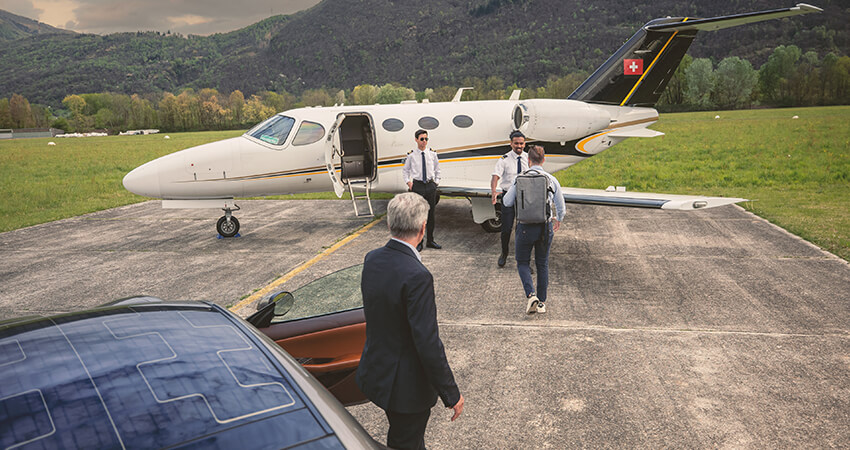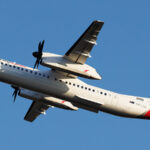Private planes used by executives, presidents, prime ministers, or major showbiz stars (celebrities) are a common sight in the media for their travels. These types of aircraft offer significant advantages, especially in terms of privacy and security. However, they also come with a significant disadvantage: the enormous carbon footprint they generate.
In this regard, Taylor Swift’s carbon footprint from her private flights is one of the most controversial. There’s even an Instagram account with over 30,000 followers that tracks the movements of her private planes. The Pennsylvania-born singer is in the midst of her “The Eras Tour,” multiplying her travels worldwide.
A report from the consulting firm Yard demonstrates that Taylor Swift’s carbon footprint is the highest among global celebrities using private planes. The list of the top 10 carbon emitters with these travels also includes other Americans: Floyd Mayweather, Jay-Z, A-Rod, Blake Shelton, Steven Spielberg, Kim Kardashian, Mark Wahlberg, Oprah Winfrey, and Travis Scott.
The Environmental Impact of Private Jets
Beyond celebrity travel, the journeys of politicians also face much criticism. This is especially because different experts explain that a private flight can generate between 5 and 14 times more polluting emissions per passenger than a commercial flight.
This difference is even more pronounced compared to trains, which can generate about 50 times less pollution. That’s why situations like Taylor Swift’s carbon footprint can seem so controversial. The critique is clear: the wealthy pollute more than those who cannot afford this type of travel.
However, the reality is more complex. Although the European Union is considering banning or limiting these trips, private flights account for about 4% of the emissions produced by the global aviation industry. In contrast, conventional commercial flights produce 71% of that pollution, according to a recent report.
The discussion is, therefore, about the amount per passenger and not the total. In many cases, the benefits of private flights may outweigh the environmental impact. Although, of course, the carbon footprint should be considered a significant factor.
Privacy and Security, the Upside of Private Flights

One of the central advantages of private planes is the privacy they offer to their occupants. In many cases, these are figures with an enormous level of popularity, which could complicate their journey on a regular airline flight. Even though business classes may have precautions, it is still a shared journey with hundreds of people.
On the other hand, these personalities often have very complex and tight schedules, which can make certain trips challenging on airlines. This element is also part of the considerations. Although it is also true that many celebrities have opted for commercial flights at times.
In addition to privacy, it’s worth considering security. When analyzing Taylor Swift’s carbon footprint, we should also take into account what it would mean for her to circulate in the common areas of an airport. It’s worth asking what would happen with such a popular figure on a plane with 300 other passengers or if it was known that she would disembark from that plane.
This could be a problem for her, but also for the passengers and the staff. Sometimes, a private flight can make the travel experience good and safe not only for the celebrity but also for those who would hypothetically have to travel with her.
How to Reduce Environmental Impact

Of course, more widespread use of commercial flights would reduce the environmental impact of private planes. Each passenger would generate fewer emissions: although it may be a low percentage of the total, these private air travels produce as much carbon footprint in a year as Uganda. A country with 45 million people.
But if the advantages of private planes outweigh the disadvantages, it’s worth considering some more sustainable options. The first is fleet renewal: newer planes pollute less, as they are usually more efficient.
Many of these celebrities can afford to spend a little more to use sustainable fuels. This could also be a path to reducing the emission of polluting gases, implying reduced pollution compared to traditional fuel.
Finally, efficient fleet management, destination airports, and the flight itself are crucial. Beyond the state of the flight equipment, its update, and the type of fuel used, route planning and a skilled pilot are also key to a more efficient journey.










